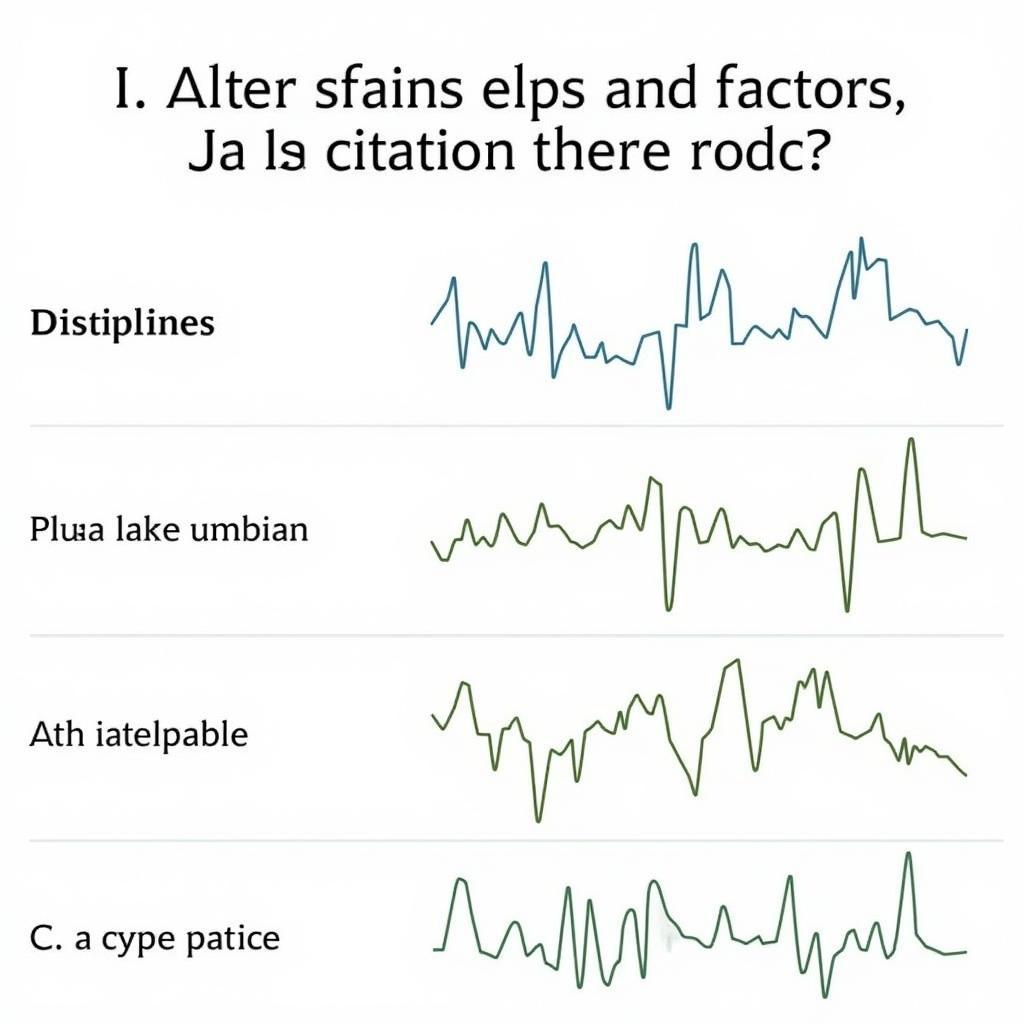The impact factor of the Journal of the Electrochemical Society is a crucial metric for researchers in the field, reflecting the journal’s influence and prestige. This guide will explore its significance, how it’s calculated, and its implications for researchers.
Understanding the Journal of the Electrochemical Society
The Journal of the Electrochemical Society (JES) is a peer-reviewed scientific journal covering fundamental and applied research in electrochemistry and solid-state science and technology. Published since 1902, it enjoys a long and rich history, documenting groundbreaking advancements in areas like batteries, fuel cells, and corrosion. Its impact factor is a direct reflection of the journal’s reputation within the scientific community.
Understanding the impact factor of the Journal of the Electrochemical Society is crucial for researchers looking to publish their work. It helps them assess the journal’s visibility and potential reach.
journal of the electrochemical society impact factor
What is the Impact Factor?
The impact factor is a measure of the average number of citations received in a particular year by papers published in the journal during the two preceding years. It’s calculated by Clarivate Analytics as part of their Journal Citation Reports (JCR) and is often used as a proxy for the relative importance of a journal within its field. A higher impact factor generally suggests greater influence and prestige. However, it’s essential to remember that the impact factor is just one metric among many and shouldn’t be used in isolation to evaluate a journal’s quality.
For example, a journal with an impact factor of 3 means that, on average, its articles published in 2021 and 2022 received 3 citations in 2023.
How is the Impact Factor of JES Calculated?
The impact factor of the Journal of the Electrochemical Society is calculated using the same methodology as other journals indexed in the JCR. The number of citations received by articles published in JES during the two preceding years is divided by the total number of citable items (articles and reviews) published in JES during those same two years. This calculation provides a snapshot of the journal’s citation performance.
It’s important to note that self-citations, where authors cite their own previous work, are included in the calculation.
Why is the Impact Factor Important?
The impact factor is often considered when researchers choose where to submit their manuscripts. Publishing in a high-impact journal can enhance the visibility and perceived significance of research findings. It can also be a factor in academic career advancement, funding decisions, and institutional rankings.
“The impact factor provides a valuable benchmark for researchers seeking to disseminate their work widely,” says Dr. Elena Ramirez, Professor of Materials Science at the University of California, Berkeley.
Limitations of the Impact Factor
While the impact factor can be a useful indicator, it’s crucial to be aware of its limitations. The impact factor is a journal-level metric and doesn’t reflect the quality or impact of individual articles. Furthermore, different fields have different citation patterns, so comparing impact factors across disciplines can be misleading. It’s important to consider other factors, such as the journal’s scope, readership, and editorial policies, when evaluating a publication venue.
“While the impact factor can be informative, it shouldn’t be the sole criterion for assessing a journal’s worth,” adds Dr. David Chen, a renowned chemist specializing in battery technology.
 Limitations of Impact Factor for Journal of Electrochemical Society
Limitations of Impact Factor for Journal of Electrochemical Society
Conclusion
The impact factor of the Journal of the Electrochemical Society provides valuable insight into the journal’s standing within the field. Understanding its calculation and limitations is essential for researchers seeking to publish their work effectively. By considering the impact factor alongside other relevant metrics and factors, researchers can make informed decisions about where to submit their research and maximize its potential impact.
FAQ
- What is the current impact factor of the Journal of the Electrochemical Society?
- How often is the impact factor updated?
- Are there alternative metrics to the impact factor?
- Does the Journal of the Electrochemical Society publish open-access articles?
- How can I submit my research to the Journal of the Electrochemical Society?
- What is the peer review process for the Journal of the Electrochemical Society?
- What are the publication fees for the Journal of the Electrochemical Society?
For further support, please contact us: Phone: 02043854663, Email: [email protected], or visit us at Zone 34, Bac Giang, 260000, Vietnam. Our customer service team is available 24/7.